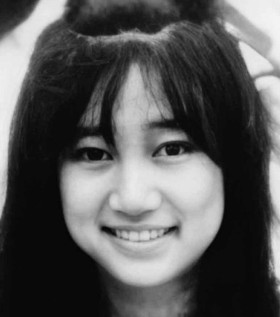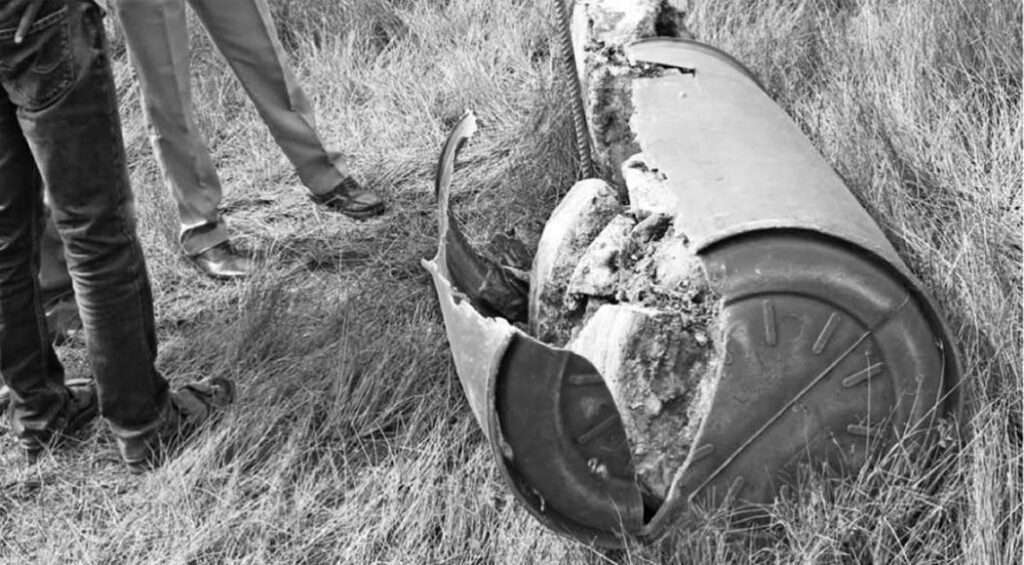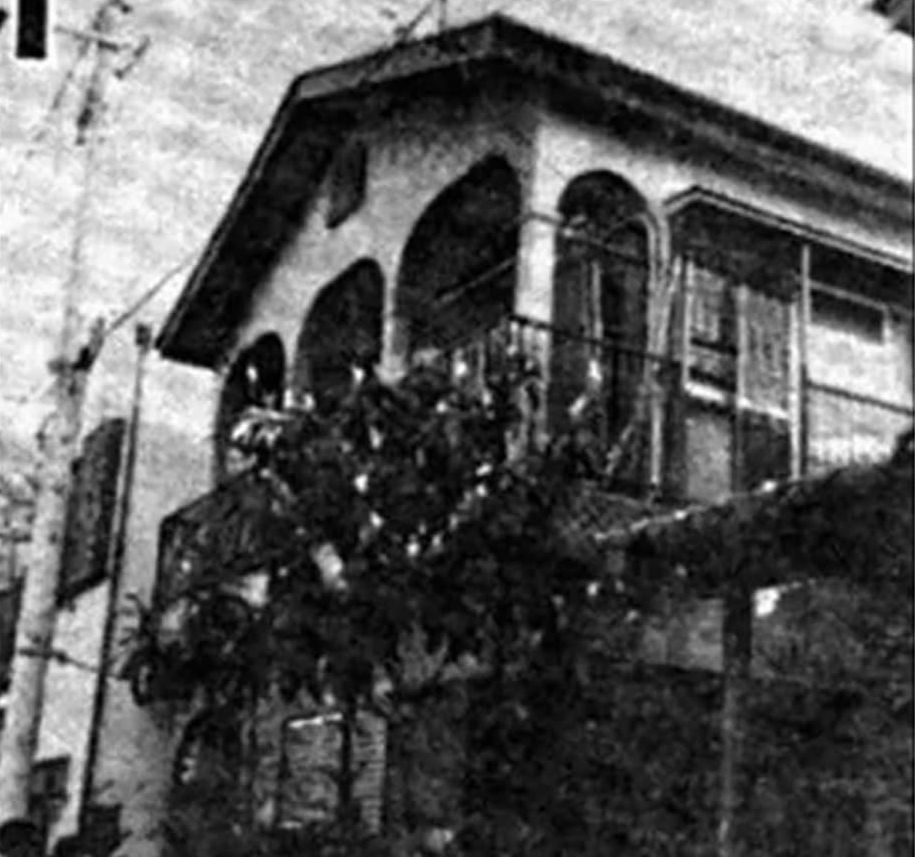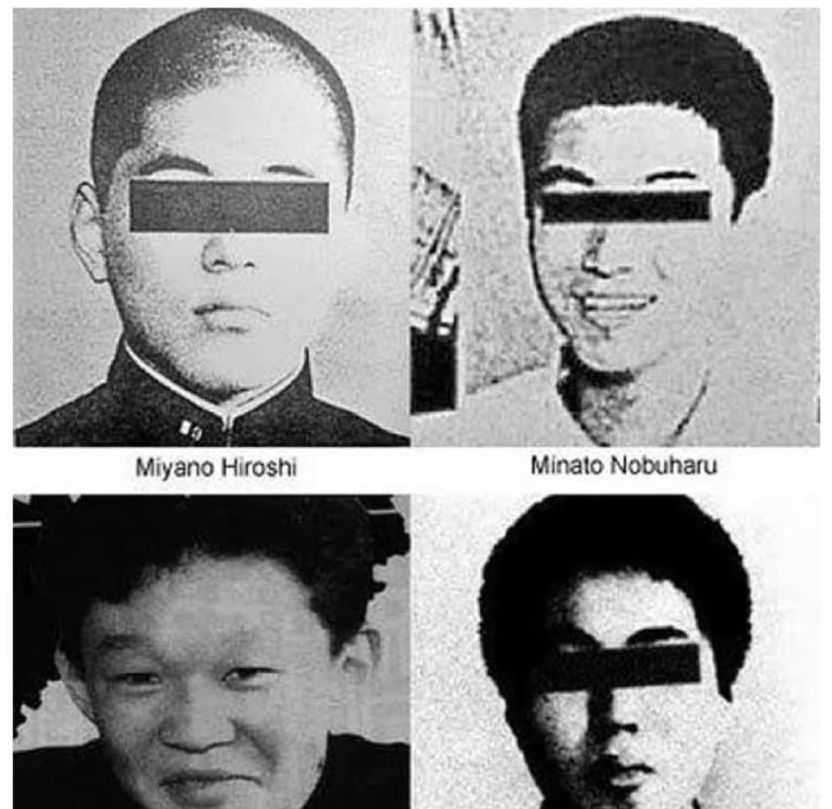
Junko Furuta was a 17-year-old high school student known for her kindness, good grades, and popularity among her peers. She lived an ordinary life, attending school and spending time with her friends like any other teenager.
Her future was full of promise. She had dreams of graduating, starting a career, and living a fulfilling life. However, those dreams were brutally cut short in a crime that shocked the nation.
What Happened to Junko Furuta?
On November 25, 1988, Junko was abducted by four teenage boys: Hiroshi Miyano, Jō Ogura, Shinji Minato, and Yasushi Watanabe. They were aged between 16 and 18.
For 40 days, she was held captive, where she was raped, tortured, and subjected to unimaginable abuse. The ordeal she endured became known as the “concrete-encased high school girl murder case.”
Junko’s body was discovered inside a concrete-filled drum. This method of hiding her remains led to the case being named the “concrete-encased high school girl murder case” in Japan.
The discovery of her body exposed the shocking brutality of the crime. The details of her suffering and the ages of her attackers horrified the public, leading to national outrage.
The four boys responsible for Junko’s death received prison sentences ranging from 7 to 20 years. In Japan, juvenile crime laws allowed for lighter sentences, even for serious offenses.
The public response was one of disbelief and anger. Many felt that the sentences were too lenient given the severity of the crime.

Background
Junko Furuta was born on January 18, 1971, in Misato, located in the Saitama Prefecture of Japan. She grew up in a typical Japanese household with her parents, an older brother, and a younger brother.
Her life was ordinary, marked by the familiar rhythms of school, family, and friends. She attended Yashio-Minami High School, where she was a senior at the time of her death.
Junko was known for her good grades and positive attitude. She rarely missed school and was well-liked by her classmates and teachers. Her dedication to her studies and her friendly nature made her popular among peers.
She wasn’t just focused on academics. Junko had dreams of becoming an idol singer, a popular aspiration among Japanese teenagers at the time. Her friends recalled her as ambitious and full of life.
To support her dreams and future plans, Junko took on a part-time job at a plastic molding factory in October 1988. She was saving up money for a graduation trip, a milestone she was looking forward to.
She also secured a job at an electronics retailer, where she planned to work after finishing high school. Her future seemed bright, filled with possibilities and hope.
The crime was committed by four teenage boys: Hiroshi Miyano (18), Jō Ogura (17), Shinji Minato (16), and Yasushi Watanabe (17). In court documents, they were referred to as “A,” “B,” “C,” and “D.”
Two others, Tetsuo Nakamura and Koichi Ihara, both 16 years old, were also linked to the case and were identified as “E” and “F” in court records.
All four main perpetrators had dropped out of high school in the summer of 1988. They became involved in organized crime as chinpira, which are low-ranking members of the yakuza.
They frequently gathered at Minato’s family home in Adachi, Tokyo, using it as a hangout spot. From October 1988, they began engaging in criminal activities, including theft, assault, and rape.
The group’s violent behavior was not isolated to Junko Furuta’s case. On November 8, 1988, they abducted and gang-raped a 19-year-old woman in Adachi, Tokyo.
During Junko’s captivity, on December 27, they repeated this crime by abducting another 19-year-old woman and raping her in a motel. Their actions revealed a pattern of escalating violence.
How Did Junko Furuta Die?
On the evening of November 25, 1988, Junko Furuta was abducted in Misato, Saitama, Japan. She was on her way home from her part-time job when she crossed paths with Hiroshi Miyano and Shinji Minato.
Miyano and Minato were riding around on their motorcycles with the intent to rob and rape local women. They spotted Junko and decided to target her. Minato kicked her off her bicycle and fled the scene.
After Minato attacked Junko, Miyano pretended to be a bystander who witnessed the assault. He approached Junko and offered to walk her home to ensure her safety.
This act of fake kindness earned her trust. Miyano then led her to a nearby warehouse where he revealed his true intentions, threatening her by claiming he was a member of the yakuza.
That night, Miyano took Junko to a hotel in Adachi, Tokyo. There, he raped her for the first time. He then called Minato’s house and boasted about the assault to Jō Ogura.
Ogura insisted that Junko should not be allowed to leave. In the early hours of November 26, Miyano took her to a park where Ogura, Minato, and Yasushi Watanabe were waiting.
The boys threatened Junko, saying they knew where she lived and that the yakuza would kill her family if she tried to escape. They took her to Minato’s family home in Adachi, Tokyo.

Minato agreed to keep her confined in a room on the second floor of his house. Over the next 40 days, she was subjected to continuous abuse and gang rape by all four perpetrators.
On November 27, Junko’s parents reported her disappearance to the police. To prevent further investigation, her captors forced her to call her mother three times.
Junko was made to lie, telling her mother that she had run away but was staying with friends and was safe. This convinced her parents not to pursue a police investigation.
Minato’s parents were present in the house while Junko was being held captive. To avoid suspicion, she was forced to pretend to be Minato’s girlfriend whenever his parents were around.
Eventually, the pretense was dropped when it became clear that Minato’s parents would not contact the police. They later claimed they did not intervene because they were afraid of their son’s increasing violence.
The abuse inflicted on Junko was relentless. On November 28, the perpetrators, along with two others, gang-raped her. Miyano then shaved her pubic hair and burned her genital area with a match.
In early December, as punishment for an escape attempt, she was repeatedly punched, and her ankles were burned with a lighter. The boys forced her to dance naked, masturbate in front of them, and endure other humiliations.
The torture escalated as December went on. Junko was forced to drink large amounts of alcohol, milk, and water, smoke multiple cigarettes at once, and inhale paint thinner fumes.
They inserted objects into her vagina and anus, including a metal rod and a bottle. Her body endured extreme physical abuse, leading her to plead for death as an escape from the pain.
By the end of December, Junko was severely malnourished and weakened. She was given very little food and was eventually fed only milk.
Her injuries left her unable to walk, confining her to the floor of the room. Her face was swollen beyond recognition, and her wounds emitted a foul odor due to infection.
On January 4, 1989, Hiroshi Miyano lost money in a game of mahjong. Angry and frustrated, he decided to take out his anger on Junko Furuta.
He began by dripping hot candle wax on her face and placing two shortened candles on her eyelids. He then forced her to drink her own urine.
Junko was lifted and kicked, causing her to fall onto a stereo unit. She began convulsing, but the group showed no mercy.
To avoid staining their hands with blood, the attackers wrapped their hands in plastic bags before beating her with their fists and an iron exercise ball.
They repeatedly dropped the ball on her abdomen. Miyano then poured lighter fluid on her and set her on fire. She tried to put out the flames but eventually stopped moving.
The torture lasted for about two hours. At 10 a.m., Junko Furuta died from the sustained abuse and injuries.
Less than 24 hours later, Minato’s brother called to inform him that Junko appeared to be dead. Fearing the consequences, the group decided to hide her body.
They wrapped her in a blanket and placed her in a large travel bag. The bag was then put inside a metal drum, which they filled with wet concrete.
On January 5, 1989, at around 8:00 p.m., the group took the concrete-filled drum to a vacant lot near a construction site on the island of Wakasu in Kōtō, Tokyo.
They left the drum there, hoping it would never be found. For weeks, no one knew what had happened to Junko.
In early 1989, Hiroshi Miyano and Jō Ogura were arrested for kidnapping and gang-raping a 19-year-old woman in December 1988.
During questioning, Miyano believed that Ogura had already confessed to Junko’s murder. Thinking the police knew everything, he revealed where they had hidden her body.
On March 29, 1989, the police recovered the metal drum containing Junko’s body. She was identified using her fingerprints.
The discovery shocked the investigators, as they had been questioning Miyano about a different crime. The true horror of what had happened to Junko was finally revealed.
Following the discovery, police arrested Minato, Watanabe, Minato’s brother, Nakamura, and Ihara.
The brutal details of the crime began to emerge, leading to one of the most notorious criminal cases in Japan’s history.

Trial and Public Reaction to Junko Furuta’s Murder
The identities of the defendants were initially sealed by the court because they were legally juveniles under Japanese law, all being under the age of 20.
However, journalists from the Shūkan Bunshun tabloid uncovered and published their identities, arguing that the severity of their crime justified revealing their names.
In July 1990, all four main perpetrators were found guilty by the Tokyo District Court. They were convicted of abduction for sexual assault, confinement, rape, assault, murder, and abandonment of a corpse.
Despite the nature of their crimes, their sentences were relatively lenient. All four appealed the verdicts.
In July 1991, three of the four attackers received longer sentences after appealing to the Tokyo High Court.
Hiroshi Miyano’s sentence was increased from 17 years to 20 years, the maximum sentence short of life imprisonment in Japan. The prosecution had sought a life sentence.
Hiroshi Miyano’s parents sold their home and paid ¥50 million (about US$350,000; $800,000 today) to Junko Furuta’s parents as compensation. This was presented as a mitigating circumstance by his defense team.
After his release in 2009, Miyano changed his surname to Yokoyama. He was later linked to yakuza connections and was arrested in 2013 on suspicion of bank fraud but was not charged.
Jō Ogura was sentenced to five to ten years in prison. He was released in 1999 and changed his surname to Kamisaku.
He struggled to reintegrate into society, losing his job after his criminal past was exposed. He became involved with the yakuza again and was arrested in 2004 for assault.
In 2022, Ogura died in an accident at the age of 51.
Shinji Minato was sentenced to five to nine years in prison. His parents and brother were not charged despite knowing about Junko’s captivity.
After his release in 1998, Minato moved in with his mother. In 2018, he was arrested for attempted murder during a dispute but received a suspended sentence with probation.
Yasushi Watanabe was sentenced to five to seven years in prison. He appealed to the Supreme Court of Japan, but his appeal was denied in 1992.
He was released in 1996 and lived with his mother in Tokyo. In 2005, Watanabe developed a neurodegenerative disease and died in May 2021 at age 49.
Tetsuo Nakamura and Koichi Ihara, who participated in the rape but not the murder, were released from juvenile detention by 2000.
The Tokyo Metropolitan Police Department received numerous calls and letters from the public demanding harsher punishments, including life imprisonment or the death penalty.
Criticism was also directed at the Tokyo Public Prosecutors Office for not pursuing life sentences for all perpetrators or seeking the death penalty.
The Tokyo District Court was heavily criticized for the perceived leniency of its sentencing. However, a survey by the Asahi Shimbun newspaper found that most legal professionals believed the sentences were appropriate based on legal precedent.
The Furuta case was often compared to the Nagoya couple murder case of 1988, where a 19-year-old was sentenced to death, and a 17-year-old was given life imprisonment.
Legal experts noted that the difference in sentencing was due to the number of victims and the perceived intent to kill, which was less clear in Junko Furuta’s case.
Aftermath of Junko Furuta’s Murder
Junko Furuta’s funeral took place on April 2, 1989, nearly three months after her body was discovered.
Her classmates and teachers gathered to pay their final respects. The ceremony was a solemn event, marked by grief and mourning.
During the funeral, one of her friends delivered a eulogy on behalf of her classmates. The message was heartfelt and emotional, reflecting the pain and sorrow they felt.
They remembered Junko as a gentle and cheerful person who brought joy to those around her. They expressed regret for not knowing about her suffering and pledged to honor her memory.
In the eulogy, her classmates promised to carry Junko’s memory with them as they moved into adulthood.
They vowed to work towards a world where such heinous crimes would never happen again, ensuring that her death would not be in vain.
Although Junko was unable to attend her graduation, the principal of Yashio-Minami High School presented her diploma to her parents.
Her intended employer also gave her parents the uniform she would have worn if she had been able to take the job she had secured. It was placed in her casket.
Junko’s body was found in a concrete-filled drum on the island of Wakasu in Kōtō, Tokyo.
The location where her body was discovered has since been developed into an industrial zone.
Junko Furuta is remembered as a victim of one of the most brutal juvenile crimes in Japan’s history. Her story continues to resonate as a tragic example of violence and injustice.
Her classmates’ promise to create a safer world stands as a testament to her memory and the impact of her life.





